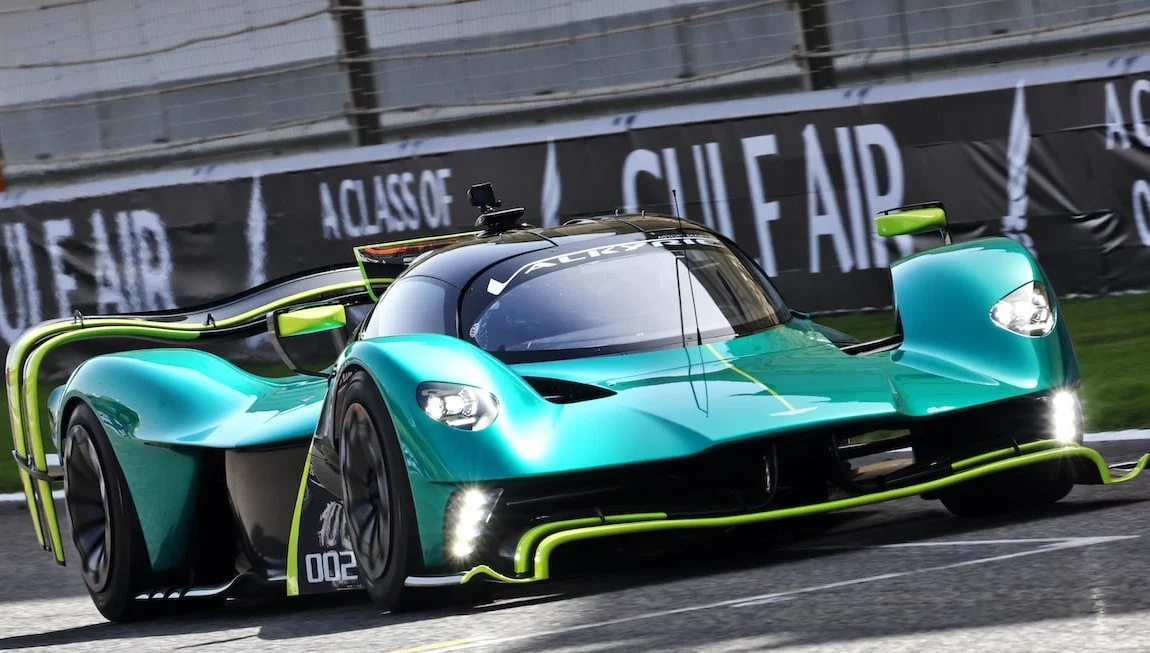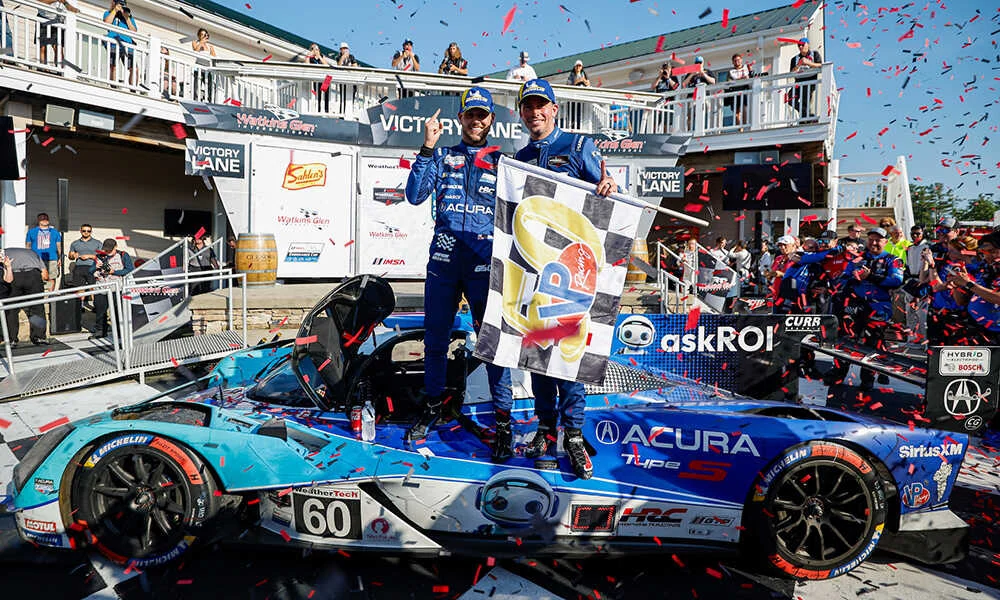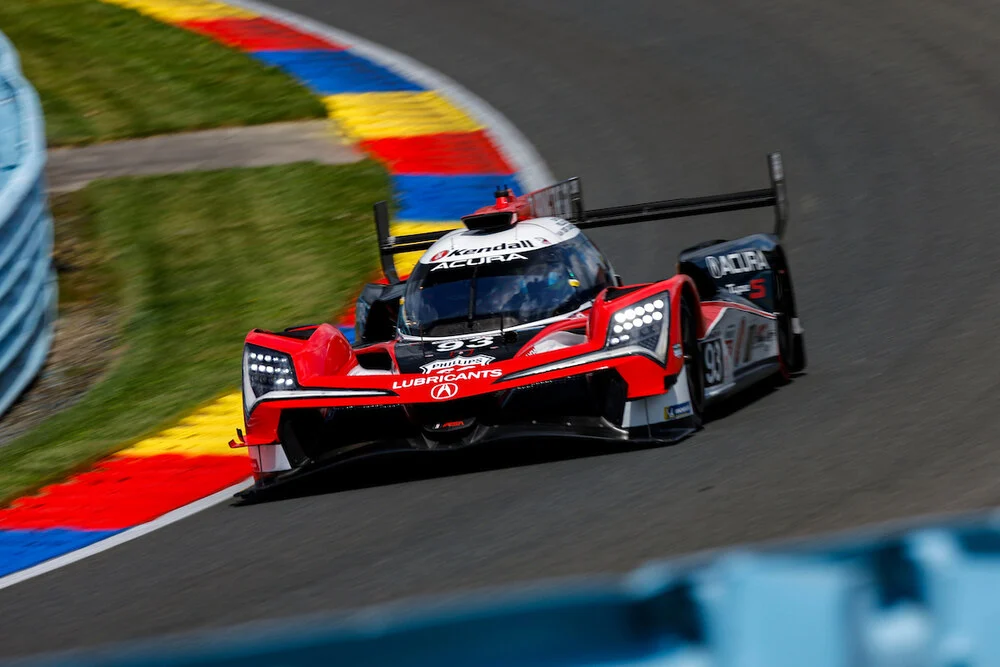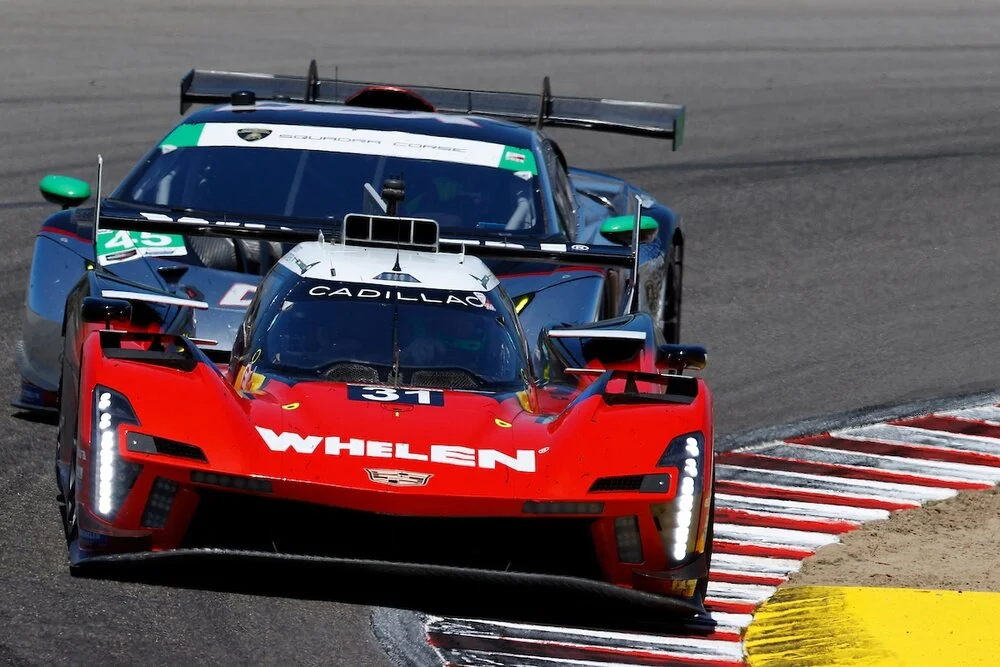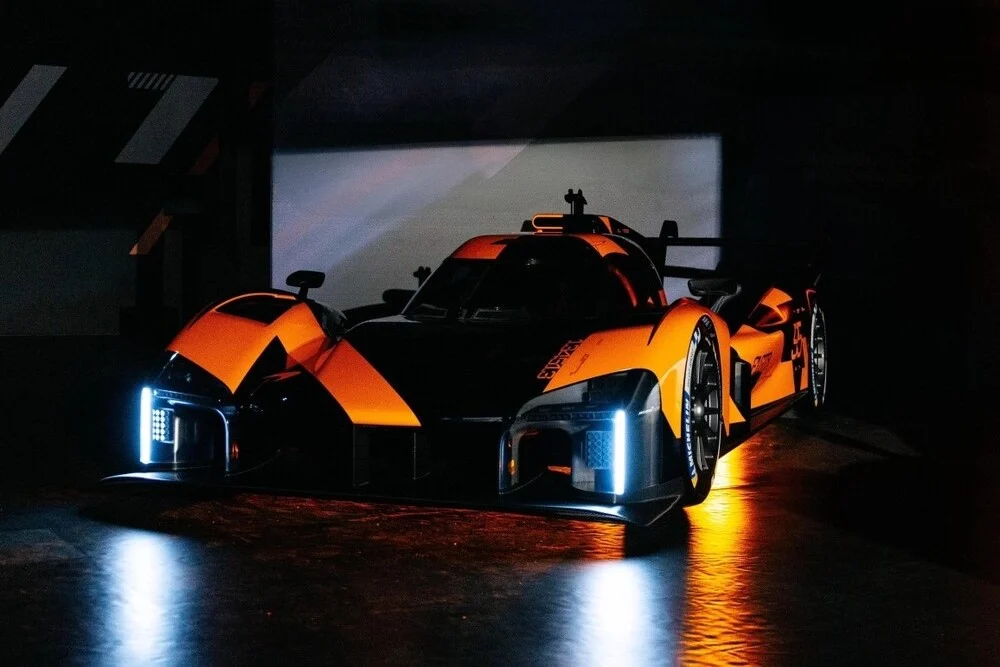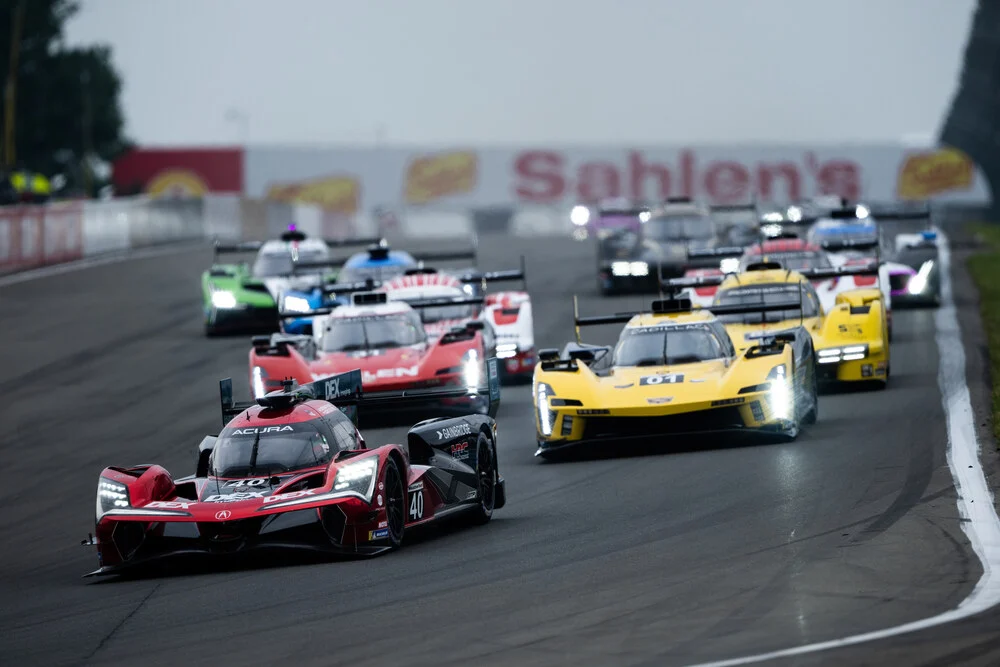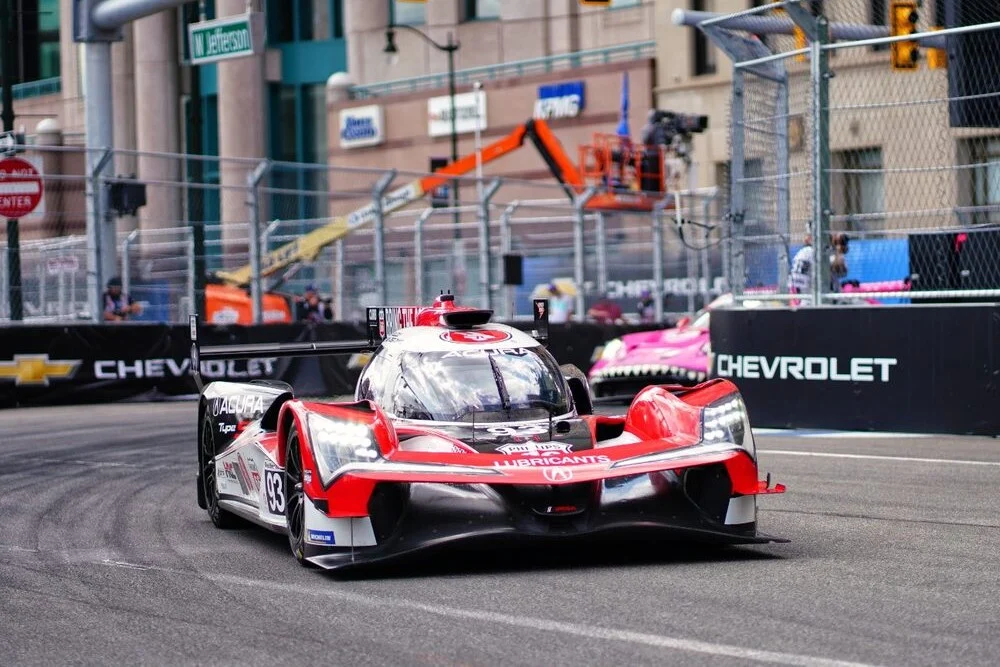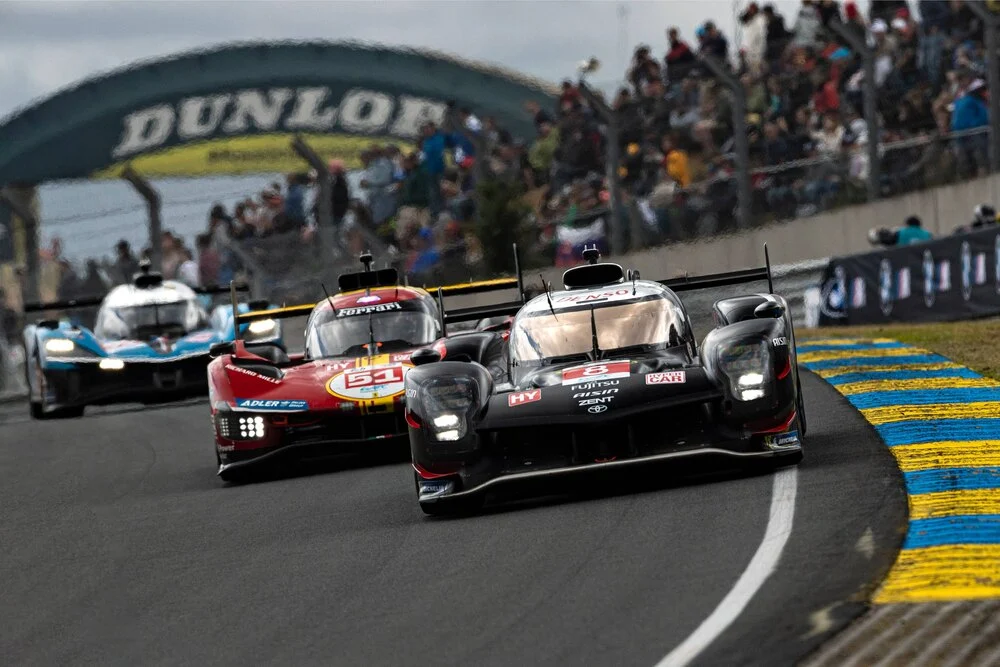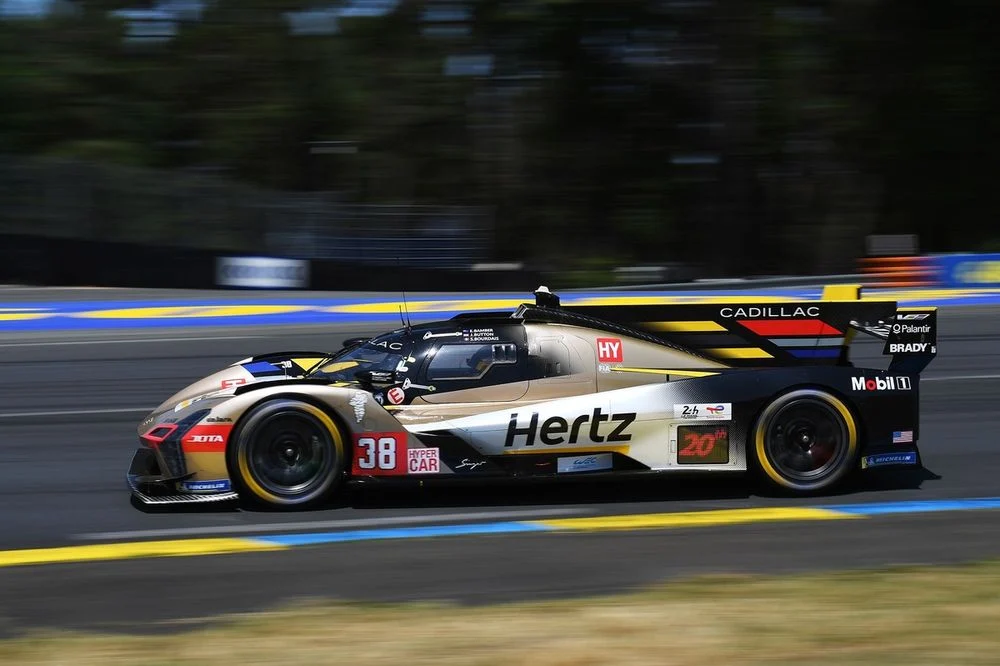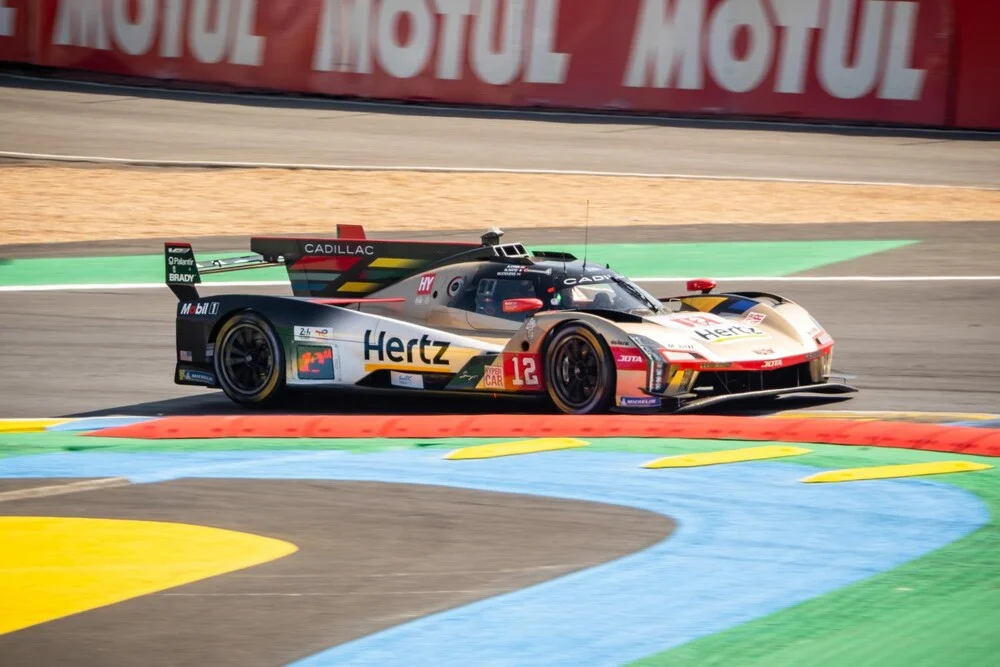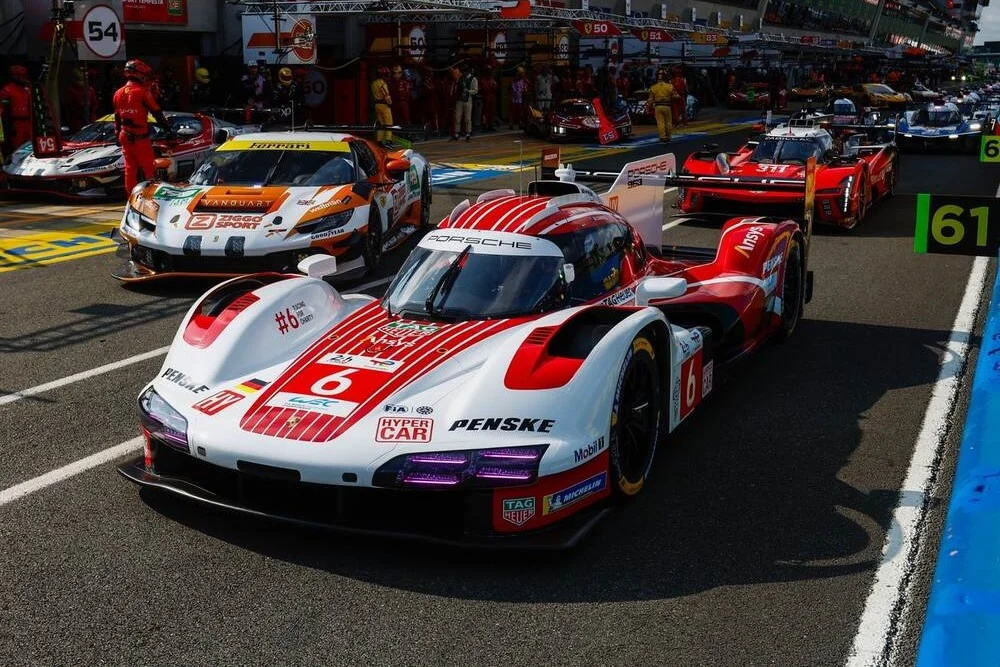Aston Martin is stepping up its efforts in a bid to enter the elite sportscar racing classes in less than a year with the revived Valkyrie LMH project.
The 2025 Aston Martin Valkyrie LMH project for FIA WEC and IMSA is taking shape quickly as preliminary systems testing using a mule car is already underway while full-track testing is set to begin.
The American IMSA and WEC GT3 squad Heart of Racing, in collaboration with Aston Martin Performance Technologies, has been working on the program under schedule, and it will be stepping up the operation in the coming weeks.
Aston Martin first revealed its intention to develop a hypercar that would comply with the LMH regulations of the World Endurance Championship in the summer of 2019.
The plan was to start competing in the championship in 2021, but the Valkyrie will not be joining the grid for the Le Mans 24 Hours at the Circuit de la Sarthe until next year.
Since Aston announced its intention to rejoin the elite ranks of sportscar racing following a lapse of over ten years, a lot happened. First off, Aston’s intentions of developing its LMH model around the road-going Valkyrie were derailed by the birth of the LMDh formula.
Later, the LMH regulations underwent changes as a result of the WEC and IMSA Sportscar Championship’s merger. This also compelled Toyota and Peugeot to modify their cars following their corresponding entries into the Hypercar class in the 2021 and mid-2022 seasons, respectively.
Then there was a minor problem as the British brand Aston Martin Lagonda began a new chapter in its history following its acquisition by a group headed by Lawrence Stroll.
Aston put the Hypercar project on hold under its new ownership and began concentrating more on its newly rebranded Formula 1 team, an entirely separate enterprise owned by Stroll.
This means that the Valkyrie project was shelved indefinitely after being initially delayed in 2020. Although Aston never officially acknowledged the program’s cancellation, it was well known that the company had internally chosen to abandon its intentions to return to Le Mans.
For a long while, it seemed like Aston Martin and its erstwhile LMP1 rival Audi would lose out on the new golden age of sportscar racing.
That was until the end of the previous year, when Aston Martin and its partner GT team Heart of Racing brought the program back to life with the intention of competing in the 2025 WEC and IMSA.
A notable change from the initial 2019 plan was Aston’s decision to develop a hypercar prototype in compliance with current LMH regulations, rather than continue using road-based technology.
This implies that the new Valkyrie LMH, which will compete in the Le Mans and Daytona 24 Hours next year, will not be developed from the same name production model. Rather, it will be built on the track-only supercar, the Valkyrie AMR Pro, which uses technology from the ditched LMH prototype.
Aston Martin made an intriguing decision that would enable it to accelerate the car’s development and catch up to the competition, which will have taken the advantage of a few years’ by the time the machine makes its debut in the IMSA and WEC in 2025.
The Valkyrie LMH is being designed, developed, and tested by a number of entities. This includes the US-based Heart of Racing squad – which has previously enjoyed great success with the Vantage GT3 in the IMSA series, the Prodrive/Aston Martin Racing team, and the recently established Aston Martin Performance Technologies operation.
Additionally, it has teamed with Multimatic’s European division, which gives them access to multiple engineers from the Ford GT program from 2016 to 2019.
Aston will primarily benefit from Multimatic’s involvement in the development and operation of Porsche’s 963 LMDh car, which is one of the company’s most ambitious sportcar racing projects to date.
Aston has started operating out of a new workshop in Brackley, which is conveniently close to Multimatic’s offices and its F1/Performance Technologies sections at Silverstone, just a short drive away.
The principal of Heart of Racing, Ian James, provided additional information last weekend regarding the test program and its goals. He confirmed that as the actual Valkyrie LMH approaches the racetrack for performance and endurance testing, a “further developed” mule car will be available soon for AMPT and HoR to use.
“We’ve had a mule car out running already, which is basically an AMR Pro car with some Hypercar calibrations,” he said. “And in about six weeks we will have a further developed car with more of the suspension and control units from the Hypercar in it.
“We are going to collaborate with Multimatic on some of the operational side of it for WEC. I think George Howard-Chapell (Multimatic’s motorsport business director) will be involved in the project.
“I’ve had a relationship with Multimatic for many years. I really respect what they do and what Larry (Holt) has achieved there. So we will work closely with them.
“There’s a core group there that was involved in the Ford GT program up in Brackley. We will build that from probably five or six core people to around 40 come the start of next year.
James clarified the division of labor, despite the fact that Heart of Racing is in charge of everything. Multimatic is building the car alongside AMPT, which is in charge of the design.
“We’ve got our own driver-in-the-loop simulator now in Arizona, we’re getting the Valkyrie model on there. We are working on the backside of it, on the engineering side,” he said.
“It really is a collaborative effort and we will get more and more involved as it gets to officially running the Hypercar in the middle of the year.”
In light of all the plans, what will the non-hybrid, 2025-spec LMH Valkyrie look like on the racetrack considering it will have a race-optimized carbon-fiber chassis and a modified 6.5-liter normally aspirated V12 engine designed by Cosworth.
“I think it’s a general progression (from the original concept),” James explained. “But because the ruleset changed the aerodynamics had to be redone.
“We have an AMR Pro and we’ve put many thousands of kilometers on it, so we’ve learned quite a few little bits from that.
“Multimatic has the test car for that for the factory. But a lot of the car has been generated in the last six months. The DNA follows what it was originally going to be but it’s definitely a different animal.
“It (the final race car) will look like a Valkyrie from 100 feet away. It will look similar to an AMR Pro, but when you look into the details they’ll be distinctly different.
“Performance-wise, the AMR Pro is ridiculous in terms of the downforce and horsepower it has, so we won’t get anywhere near that.
“With the AMR Pro we do a lot of track days and corporate days in it. With a 250-pound passenger and me driving it at a 10th of its capability, we can lap quicker than the GTP pole at Laguna Seca. That’s how crazy it is.
“This has been a journey for me and I’ve worked on this for the last two years,” James added. “I’m super-excited about it, I think the Valkyrie is going to be a fan favorite no matter where it races.”
James adds that the Valkyrie is expected to have completed “at least 12–15 thousand kilometers” of track testing before it competes in the annual IMSA BoP race at Daytona in December.
A trip to the Windshear wind tunnel in Concord, North Carolina, and the Sauber wind tunnel in Switzerland are also on the list of things to do. In order to compete in both championships, manufacturers must complete this step of the homologation process.
There will be a close watch on the Valkyrie’s progress from both the Hypercar and GTP paddocks. This is because it is scheduled to visit the Windshear facility ahead of its IMSA SportsCar Championship GTP class campaign next season, making it the first LMH-spec prototype to do so.
This marks yet another important turning point in the convergence process, and IMSA is well aware that other LMH manufacturers will very likely be keeping a careful eye on its ability to keep up with the current generation of GTP manufacturers.
“We want to be represented in both championships,” James said. “We love racing in America, it’s where we’ve started and grown up as Heart of Racing.
“It’s a big undertaking but I have faith in the entire process.”

